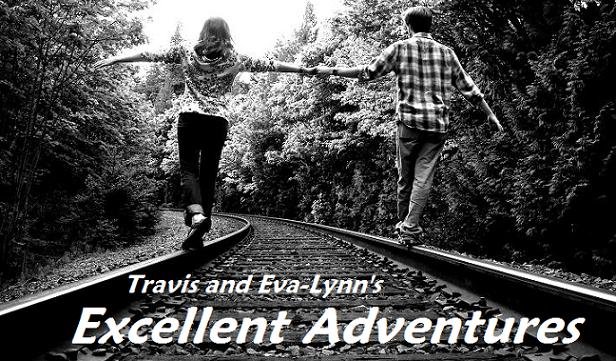

The "church" is a little thatched-roof, dirt-floor hut in a nearby community.... you can see the neighborhood water pump out front. The plan was to string a very long extension cord over from a nearby home and use a keyboard for the music. Unfortunately, that Sunday, the power went out in the whole area for most of the day, which apparently is a fairly normal occurrence. The hospital's got a backup generator, but our ideas for keyboard accompaniment were shot. Time to improvise...

There were some guitars on hand, so a missionary nurse name Norma and I worked out a quick duet. She strummed the chords, I plunked out the melody... nothing fancy, but it was a special touch for the locals (remember that boisterous church service... their musical expectations aren't particularly high). Incidentally, we worked out our little masterpiece at around 4:30, and the wedding was scheduled for 4:00. In Honduras -- and pretty much every undeveloped country, from what I understand -- you learn to expect things to happen on "local time." Things pretty much just happen when they get around to happening.

Also, this wedding was BYOC.... bring your own chair.

Since Norma and I were helping out with the music throughout the service, we quite literally had front-row seats.... the photographer in me rejoiced...

The wedding is actually an excellent example of how the hospital is positively impacting the area. In the surrounding poor communities, weddings are very rare..... people just hook up, start living together, have kids (often not in that order), without ever "bothering" to tie the knot. Missionaries are able to form relationships with the locals in various ways -- during doctor visits, by employing them in the hospital or at home, or by participating in their local churches and schools. They present the gospel, discourage immoral behavior, and help organize things like this wedding.

You may have noticed the range of people at the wedding, from the girl in pink on the left to the old lady looking through the screen on the right..... Honduras has a spectacular blend of ethic groups. You've got "ladinos" (or mestizos), the descendents of Spanish explorers and the indigenous peoples they encountered. There are indigenous tribes, including the direct descendants of the ziggurat-building Mayans. There's even a small white population descended from British pirates. Around here, though, a huge chunk of people are Garifunas. [Warning: ultra-quick history lesson approaching....] Also known as the Black Caribs, the Garifunas arose in the 1600s when escaped black slaves mixed with Caribbean islanders. (Those islanders were actually a mix of warrior Caribs from the Central American mainland and poison-dart-shooting Arawaks who migrated to the Caribbean from Brazil.... but that's another story.) Anyhow, these Arawak/Carib/African folks call themselves Garifuna. After getting deported from their islands near the end of the 1700s by European settlers, they settled along the Caribbean coasts of Honduras, Guatemala, and Belize.
Fun fact: In 2005 The National Garifuna Council of Belize sent a letter to Disney about its upcoming Pirates of the Caribbean sequel.... they objected to the depiction of their ancestors as cannibals, since there's no evidence that the Caribs regularly ate humans. You might say that Disney was "disinclined to acquiesce to their request."
Fun fact: In 2005 The National Garifuna Council of Belize sent a letter to Disney about its upcoming Pirates of the Caribbean sequel.... they objected to the depiction of their ancestors as cannibals, since there's no evidence that the Caribs regularly ate humans. You might say that Disney was "disinclined to acquiesce to their request."

I made a few friends at the wedding... I believe these guys' names were Jorge, Endo, and Orbin.
PS -- I've got some more photos of the wedding online, if you want to check them out.... click here to open the photo album.

No comments:
Post a Comment